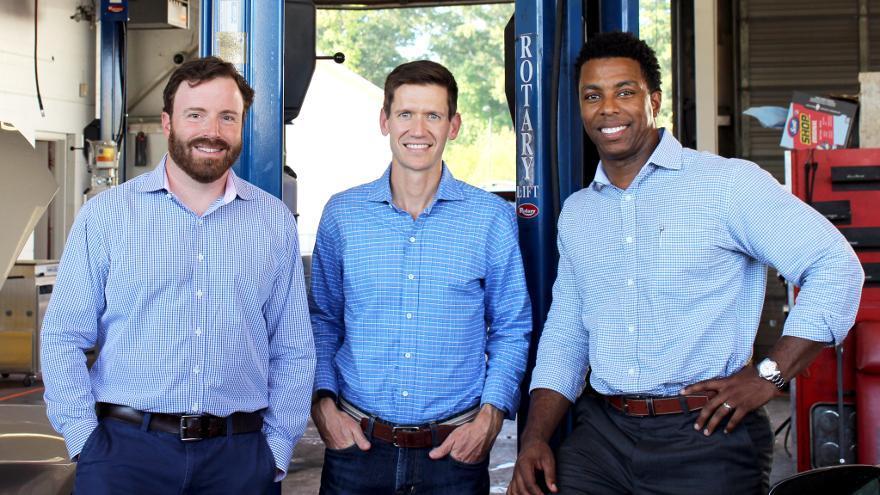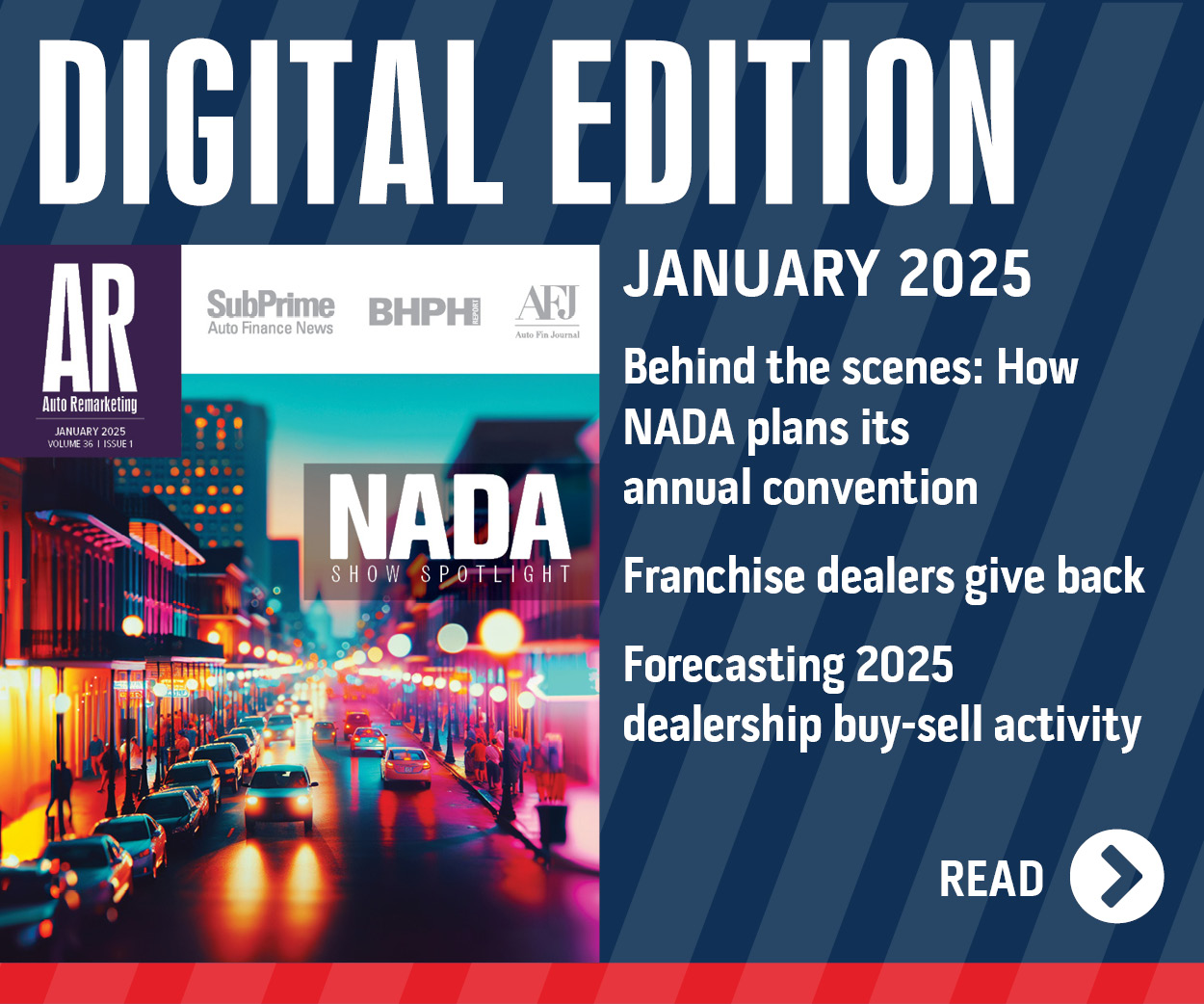COMMENTARY: Protect residual value by choosing the right resale channel

Michael Bor (left) is the chief executive officer of CarLotz.
When a customer decides to lease a new vehicle, captive financing companies, national banks and credit unions can make the transaction easy and efficient.
However, few buyers understand just how complex the financing process is. In particular, one of the most important calculations a finance company makes is determining the vehicle’s residual value in three years.
Accurately calculating future supply and demand can mean the difference between making the profits they need on each vehicle — and falling short of their goals as well as significantly impacting the customers’ payment.
Let’s imagine that someone leased a Toyota 4Runner in July 2017 for three years.
The financing business would have tried to determine what the vehicle would be worth in July 2020. To do so, they would have to accurately predict how a 4Runner holds its value — and that’s only the beginning.
They would also need to know how many other 4Runners would be coming off of lease at the same time and anticipate what percentage of them would end up at auction. In addition to all of that, there’s a great deal of complicated math and analysis that gets layered on top, which requires teams of PhD’s to work in the residual value department!
But what happens if more people lease 4Runners than normal in 2017? Or, if fewer people want to buy used 4Runners in 2020? Needless to say, these forecasts leave room for error and unanticipated gains or losses.
In a worst-case scenario, the captive financing company miscalculates a vehicle’s residual value and ends up losing thousands of dollars when they sell it. While risk is an inherent part of this business, a strategic, multi-channel remarketing approach can give companies a powerful way to control supply and demand — and thus, their profits.
How to protect residual value with new retail channels
In the past, the remarketing process for leased vehicles usually worked like this:
- Vehicle Turn In: A customer turns in a leased vehicle.
- First Choice: The landing dealer, flying the same flag as the captive finance company, can buy the vehicle.
- Second Choice: All the other franchised dealers flying the company flag can buy those vehicles through online closed-auctions.
- Auction: The vehicle goes to auction.
- Profit: The captive finance company hopes for the best price at auction.
In this process, the captive finance company has little control over what happens at auction. And if the supply for that vehicle happens to be high, they could easily end up taking massive write-downs when the remarketing proceeds are lower than expected.
But, adding a new step or steps to the process can help buoy auction prices and residuals, decrease write-down risks and give companies more control over their bottom line. Instead of automatically selling vehicles at auction if the franchised dealers don’t purchase them, captive finance companies can choose insert retail remarketing in their channel waterfall.
By expanding the channels through which these cars are sold, fewer vehicles end up at auction and fewer distressed auction sales bring down the market’s view of residual value. The process then looks like:
- Vehicle Turn In: A customer turns in a leased vehicle.
- First Choice: The landing dealer, flying the same flag as the captive finance company, can buy the vehicle.
- Second Choice: All the other franchised dealers flying the company flag can buy those vehicles through online closed-auctions.
- *The New Channel* Third Choice: A retail remarketer working in partnership with online auction partners finds consumers or dealers who want the inventory before it goes to the physical auction.
- Auction: The vehicle goes to auction.
- Higher Profit: The captive finance company gains higher profits by reducing supply at auction and buoying auction index prices.
With this new process, a captive financing company might realize that they have an above-average number of 4Runners coming off lease in summer 2020. Rather than bracing for the lower prices that a supply glut can cause, they could push some of the vehicles to a retail remarketer, instead of auction.
By doing so, they could not only receive the higher prices that retail commands — but also increase what they make at auction, as buyers bid up prices on a lower supply of 4Runners. Win-win!
Michael Bor is chief executive officer at CarLotz

 View The Latest Edition
View The Latest Edition

